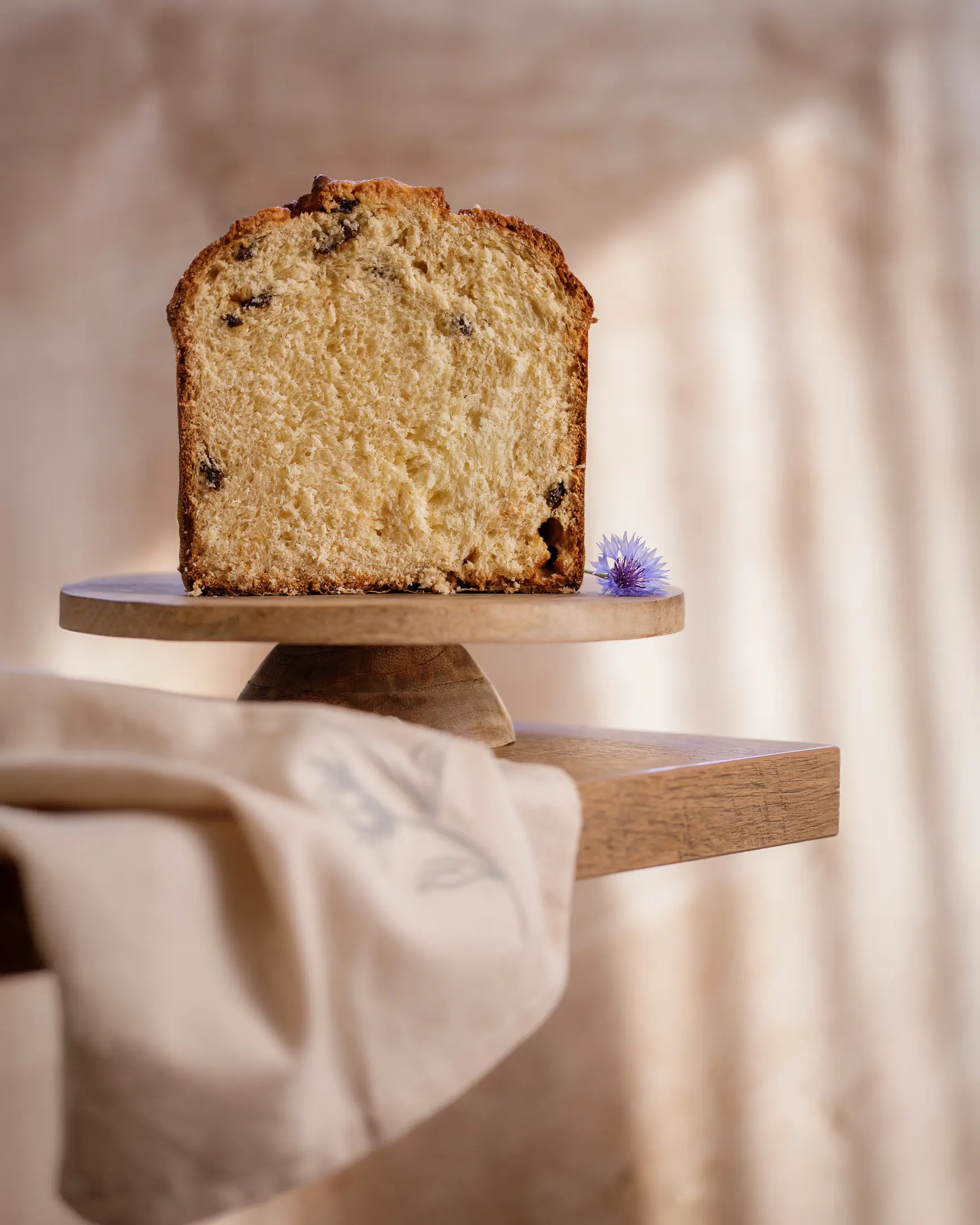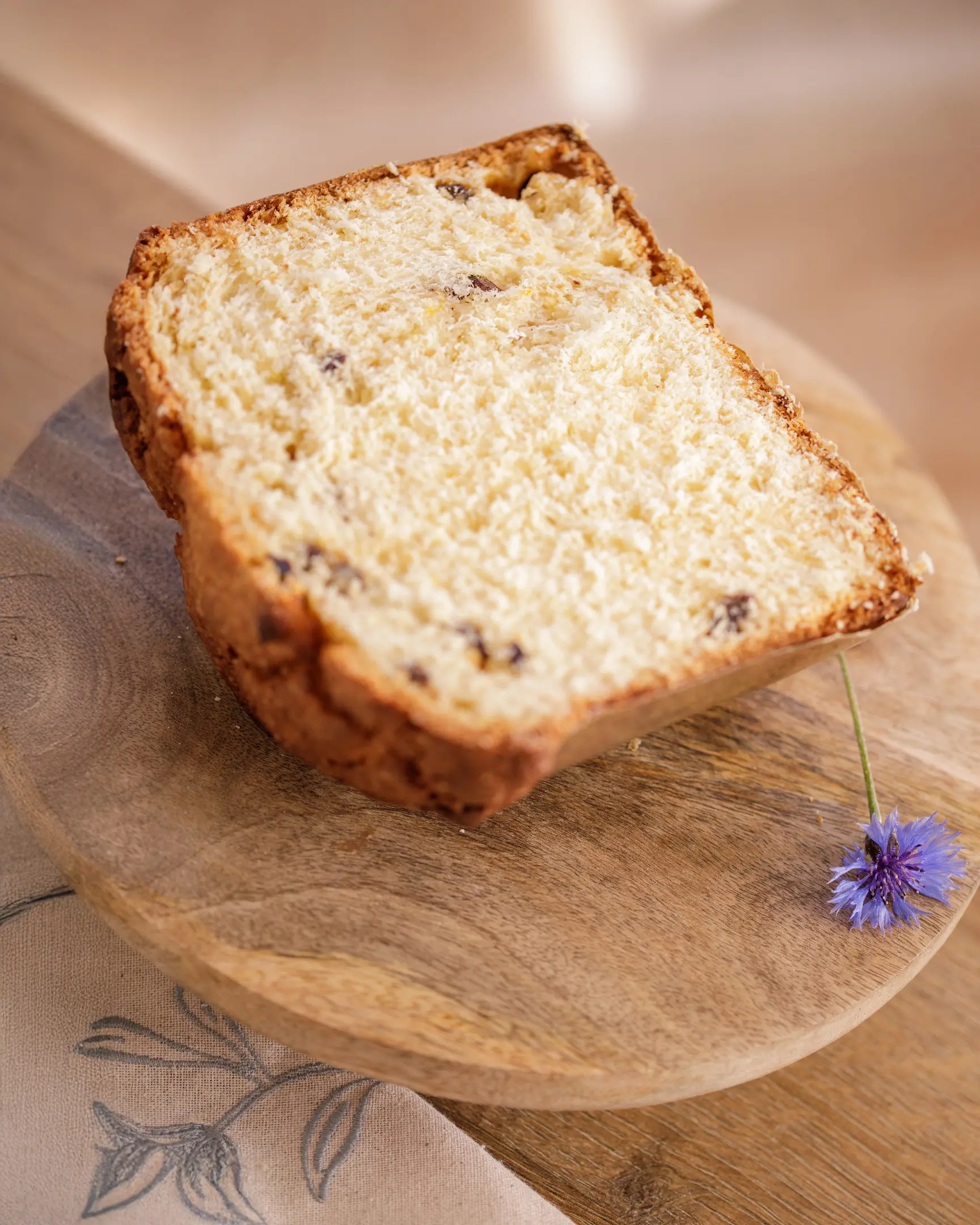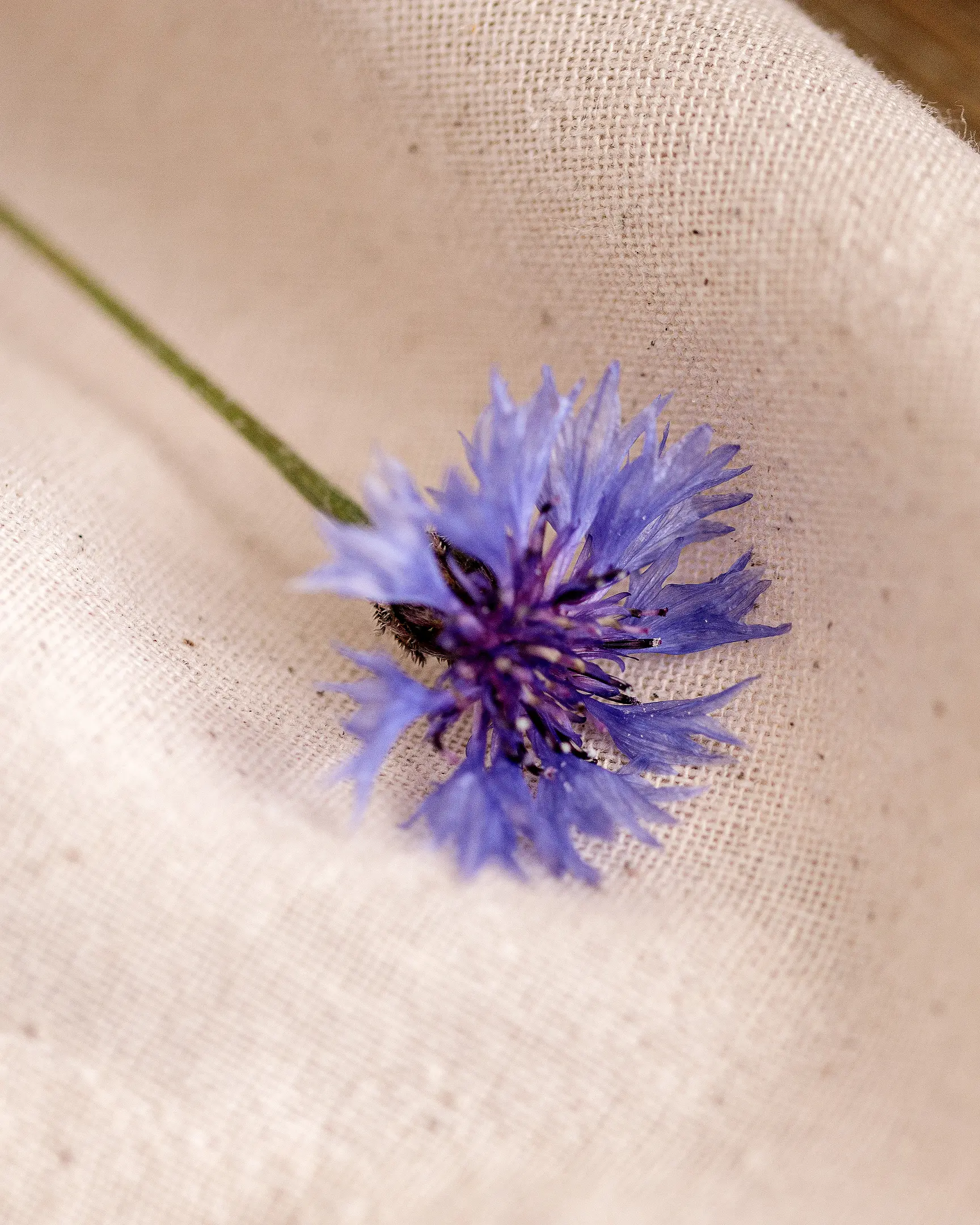
Easter bread 2025
Understanding Key Techniques for Perfect Kulich Dough
🧂 Why Add Salt at the End of Kneading Your Kulich Dough?
Salt slows down yeast activity and can dehydrate them if added too early in the dough-making process. It strengthens gluten once it’s already formed, helping to build a robust dough structure for your sweet bread. It deepens flavor and regulates fermentation, contributing to the rich taste of kulich. 📌 Rule: For perfect kulich, add salt after the dough has formed — never in the first step.
🧈 Why Add Butter Later in Kulich Dough (Not All at Once)?
Butter coats the flour, preventing proper gluten development if added too early. For the best kulich, it’s best to add: 70% of the butter after gluten starts forming (typically at the end of kneading) 30% during shaping the kulich
💡 Why Staged Butter Addition Works for Kulich Dough:
Gives kulich dough extra elasticity Makes the kulich crumb more moist and rich Improves the final texture and shape of your Easter bread Prevents the surface of the kulich from drying during long fermentation
📌 Rule: For optimal kulich texture, add fats after the dough has developed elasticity — not before.
✅ Key Takeaways for Perfect Kulich Dough:
Salt: add later to protect the yeast and regulate gluten for improved kulich structure. Butter: add in stages to enhance kulich moisture, texture, and overall structure.
Ingredients
Ingredients for the Kulich Dough
- 50 g candied fruit (soaked for 2 hours in a mix of boiling water and aromatic alcohol)
- 415 g sifted flour (I used high-protein flour, ideal for sweet bread)
- 130 g butter
- 90 g sugar
- 80 ml kefir
- 25 ml orange juice
- 2 eggs + 1 yolk
- 5.5 g dry yeast (or 16 g fresh yeast)
- 2–3 g grated citrus zest (lemon or mandarin, about 1 tsp)
- 1.5–2 g salt (approx. ¼ tsp)
- 30 g almond flour
- 50 g sugar
- 5 g cornstarch
- Vanilla to taste
Nut Glaze (before baking):
- 30 g egg white (1 egg white)
Instructions
1. 🥣 Prepare Your Kulich Dough Starter & Mix:
Starter Preparation:
Warm the kefir (ensure it’s not hot), add orange juice, and dissolve the yeast. Mix into a soft paste and leave in a warm place until bubbly – this activates your yeast for the kulich.
Dough Mixing Process:
In a large bowl, mix the flour, sugar, and zest. Make a well in the center and add the eggs and warm starter. Mix with a mixer until combined. Note: the kulich dough will be soft and sticky — that’s normal and desired.
After 5 minutes of initial mixing, incorporate the butter and salt. Yes — for optimal kulich dough development, this staged addition matters! Salt and butter are added last. Finally, gently mix in the candied fruit.
First Rise (Bulk Fermentation):
Cover the kulich dough with a towel and let rise for 1 hr 15 min in a warm place (I use the oven with a cup of hot water for warmth and humidity). Oil your hands and gently fold the dough to develop its structure.
Shaping the Kulich:
Grease and flour your mold (or skip this step if using paper molds for your Easter bread). Shape the kulich dough into a ball and place it carefully in the mold.
2. Second Rise, Glazing & Baking Your Kulich:
Second Rise (Proofing):
Let the kulich dough rise again for 1 hr 15 min. Don’t worry if it doesn’t rise too much — it will puff up significantly in the oven during baking.
Applying the Top Glaze:
Brush the top of your kulich with yolk, sugar syrup, or the prepared nut glaze for a beautiful finish.
Preparing & Applying the Nut Glaze:
Mix all glaze ingredients until thick but still pipeable. Pipe gently over the kulich using a piping bag. Optionally, decorate with almond flakes for added texture and appeal.
Baking Your Kulich Sweet Bread:
Preheat the oven to 180°C (355°F). Bake the kulich for 45–55 minutes. If the top darkens too fast, cover it loosely with foil. Test for doneness with a wooden skewer – it should come out clean.
Cooling & Serving Your Kulich:
Let the kulich cool completely, then store it in a bag to let the crumb “mature” and develop its full flavor. Once cooled, dust with powdered sugar if desired before serving this traditional Easter bread.


3. 💡 Why Kefir is Essential for this Kulich Recipe
Boosts Fermentation for Kulich: The lactic acid in kefir creates a mildly acidic environment, helping yeast work more steadily and efficiently — ideal for the long fermentation required for rich kulich.
Softer, More Tender Kulich Crumb: Kefir improves gluten flexibility, resulting in a tender, elastic dough and a wonderfully fluffy, moist texture in your finished Easter bread.
Enhanced Hydration & Freshness: Kefir provides both liquid and a small amount of fat + protein, which helps the kulich retain moisture and stay fresh longer.
Delicate Aroma & Flavor Profile: After baking, kefir leaves a mild creamy-sour note in the kulich, especially complementing citrus zest or buttery flavors in this sweet bread.
Optimized pH for Fermentation: Kefir’s acidity (~pH 4.5) naturally prevents spoilage and supports proper, controlled fermentation, leading to a superior kulich.
